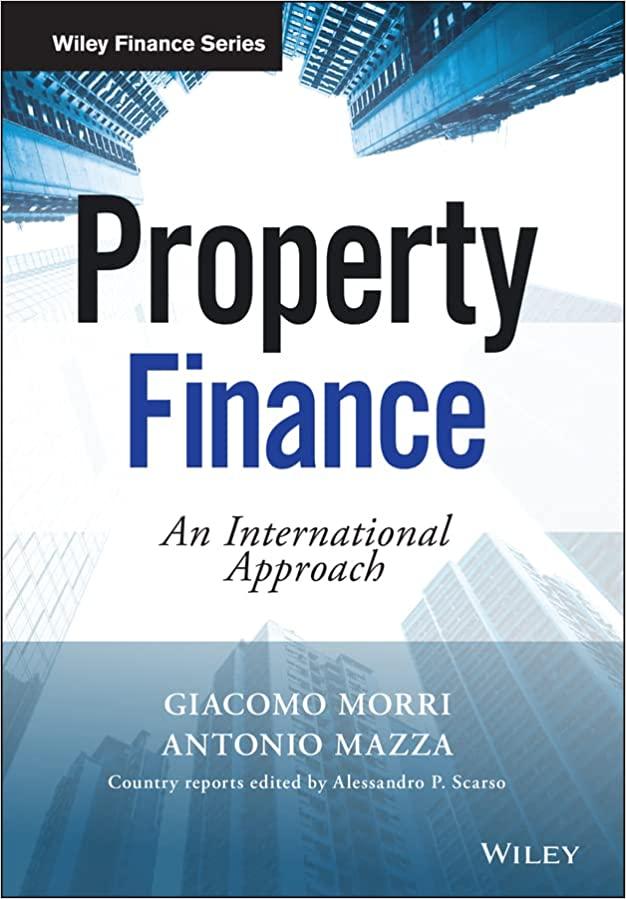Question
Suppose the real risk-free rate is 3.55%, the average future inflation rate is 4.00%, and a maturity risk premium of 0.07% per year to maturity
Suppose the real risk-free rate is 3.55%, the average future inflation rate is 4.00%, and a maturity risk premium of 0.07% per year to maturity applies to both corporate and T-bonds, i.e., MRP = 0.07%(t), where t is the number of years to maturity. Suppose also that a liquidity premium of 0.50% and a default risk premium of 2.00% apply to A-rated corporate bonds but not to T-bonds. How much higher would the rate of return be on a 10-year A-rated corporate bond than on a 5-year Treasury bond? Here we assume that the pure expectations theory is NOT valid. Disregard cross-product terms, i.e., if averaging is required, use the arithmetic average.
Step by Step Solution
There are 3 Steps involved in it
Step: 1

Get Instant Access to Expert-Tailored Solutions
See step-by-step solutions with expert insights and AI powered tools for academic success
Step: 2

Step: 3

Ace Your Homework with AI
Get the answers you need in no time with our AI-driven, step-by-step assistance
Get Started


